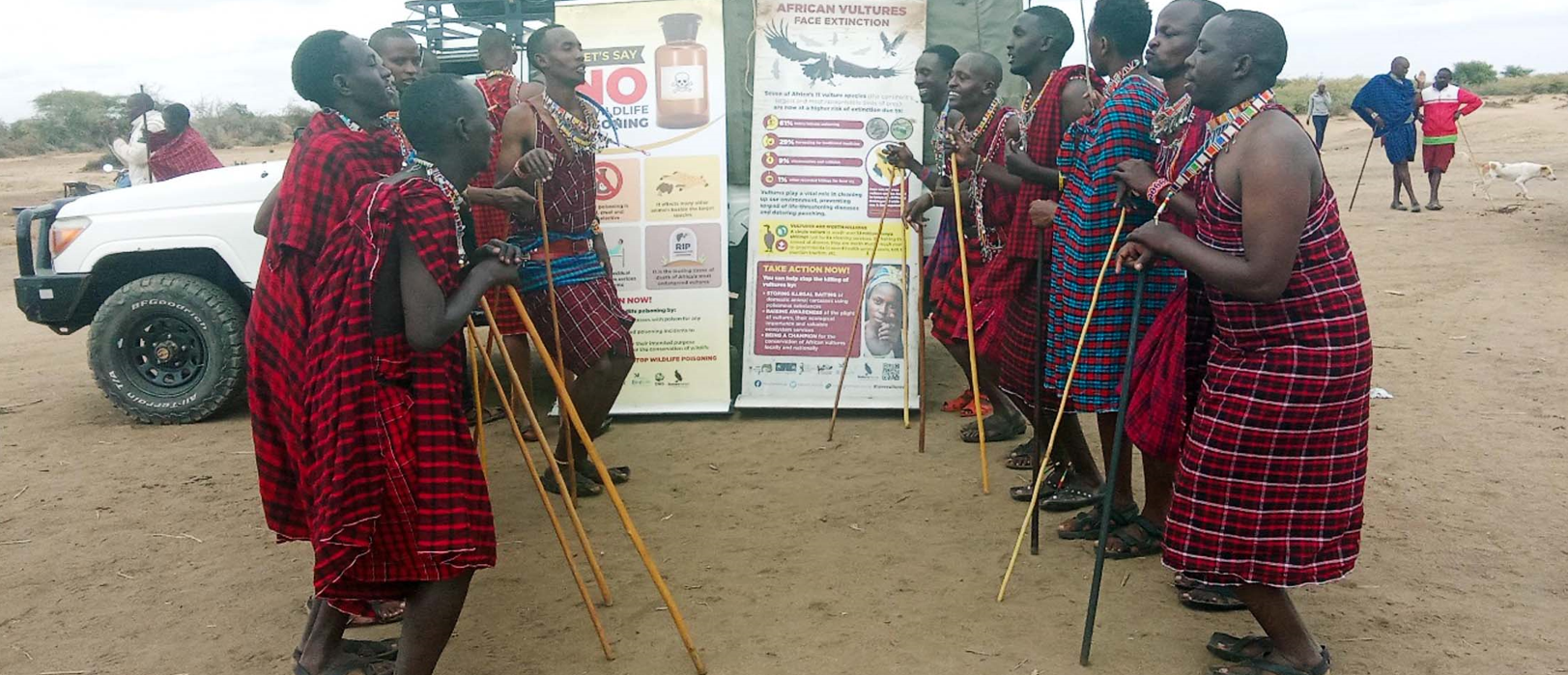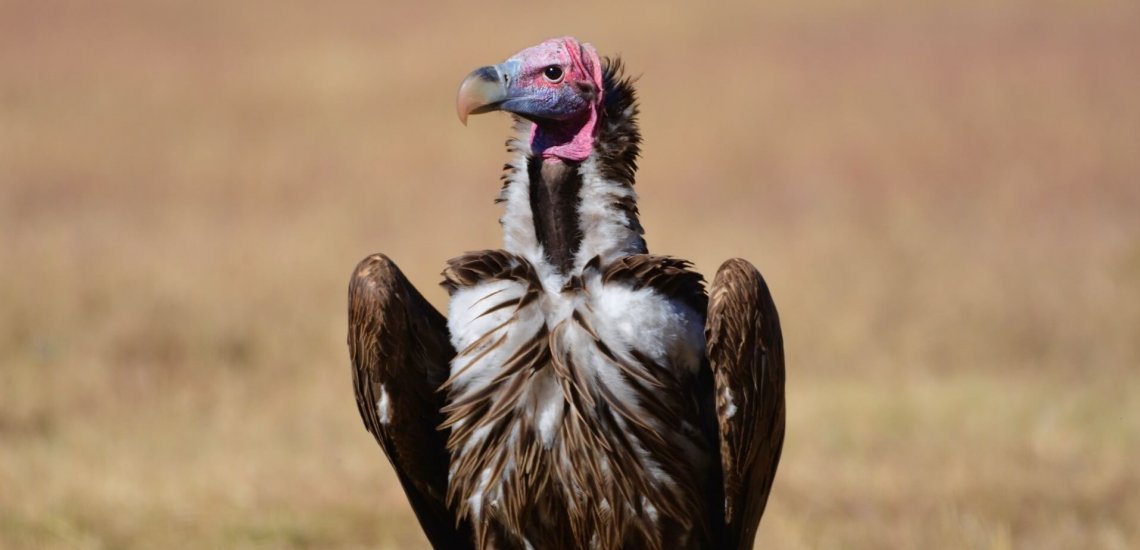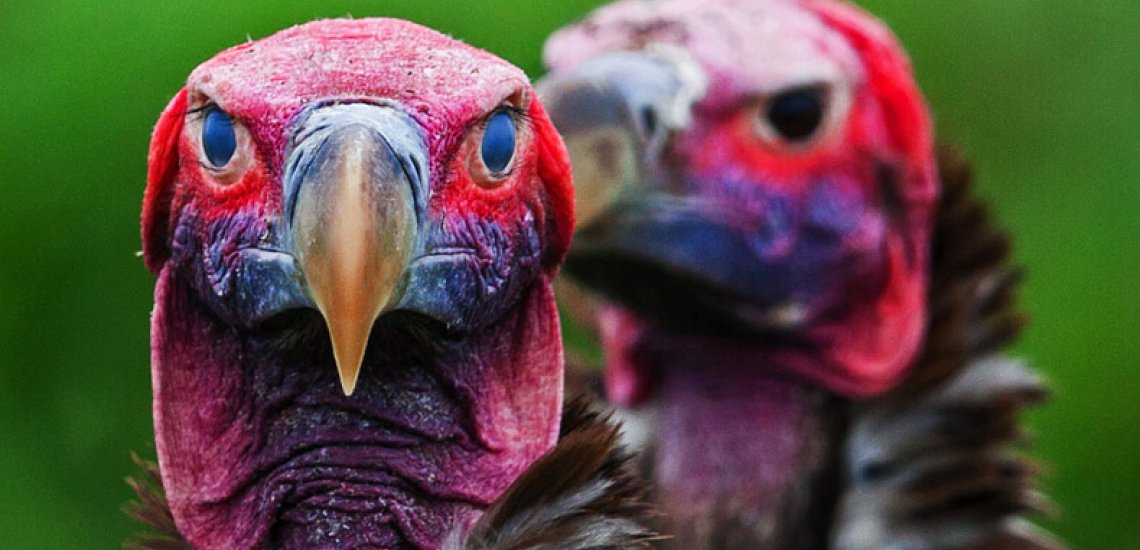Meet the vulture volunteers of Kenya
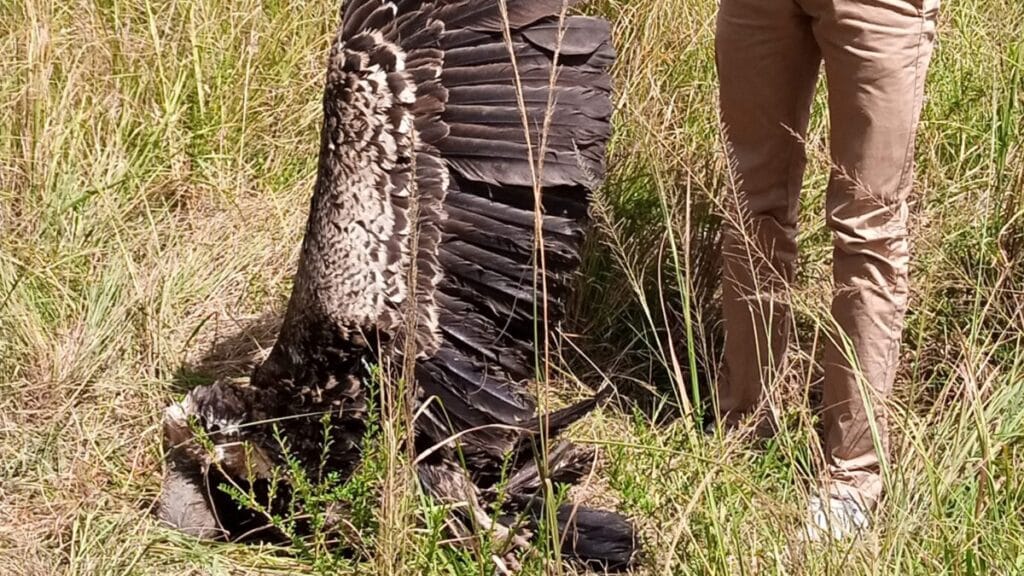
Amidst mounting threats to vultures in Kenya, these community volunteers are helping to conserve the ‘Earth’s clean-up crew’ . For Francis Muli, conserving African vultures is more than a passion – it is a commitment. Born and raised in Maasai Mara, Kenya, Muli’s knowledge of and appreciation for vultures predates his childhood days.
“When I was a child, there used to be lots of vultures around our village. Today we rarely see them,” notes Muli, a community volunteer working with BirdLife Partner Nature Kenya to conserve vultures across the Maasai Mara, Mosiro, Kwenia and Amboseli landscapes.
Over the years, vulture populations have drastically declined across these three landscapes and in Africa altogether. Wildlife poisoning has been singled out as the leading cause of vulture deaths in Africa, accounting for more than 60% of the fatalities. In Kenya, six out of the eight vulture species are classified as Threatened, while the Hooded Necrosyrtes monachus, Rüppell’s Gyps rueppelli, White-backed Gyps africanus and White-headed vulture Trigonoceps occipitalis are considered Critically Endangered.
In early 2020, Nature Kenya recruited and trained 65 volunteers to support its vulture conservation work. Referred to as vulture volunteers, the community members come from villages within five wildlife poisoning hotspots: Kwenia, Mosiro and Amboseli in Kajiado County; and Maji Moto-Talek and Nyakweri-Aitong in Narok county.
Through a citizen science approach, the vulture volunteers learnt how to respond to wildlife poisoning incidents within their locale, collect vital human-wildlife conflict data, and spread awareness about the adverse effects of wildlife poisoning. Equipped with a smartphone, binoculars and a waterproof bag, the fieldwork includes collecting the date of human-wildlife conflict, its name and GPS coordinates, the species and condition of the animals affected and the retaliatory method used.
So far, so good. Since the project kicked off, surveillance and response to human-wildlife conflict incidents have significantly improved in the Maasai Mara, Mosiro, Kwenia and Amboseli areas.
“Data collection is key to our vulture conservation work. Thanks to the vulture volunteers’ network, we are now able to get wildlife poisoning information almost on a real-time basis,” says Paul Gacheru, Species and Sites Manager at Nature Kenya.
Working with the volunteers has also allowed the vulture conservation programme to become more popular and accepted by local communities, who are predominantly pastoralists.
“We have been carrying out vulture conservation awareness campaigns in villages. From what I have seen, the communities are now more aware of the dangers of poisoning. As a result, we are recording fewer cases of wildlife poisoning,” elaborates Muli.
“Through data collected by volunteers like me, monthly monitoring reports are generated, capturing behavioural changes in the community,” says Solomon Teyian, another volunteer-based in Mosiro, Kajiado.
In addition, data collected informs the programme’s human-wildlife conflict mitigation measures, such as the introduction of predator-proof bomas (fenced enclosures) to minimize livestock predation in homesteads; or the application of best herding practices to counter livestock predation in the grazing fields.
Two of the main challenges volunteers need to face are logistics and transportations, as they are sometimes required to travel long distances and access protected areas to respond to wildlife poisoning incidents. ”I once got into trouble with the Maasai Mara National Reserve rangers for using a motorcycle to respond to a poisoning incident inside the reserve, about 30 kilometres away from my home,” comments Muli.
Like in many rural areas in Kenya, motorcycles are the most common means of public transport in the Maasai Mara area but are not allowed into the iconic game reserve. Additionally, due to the vastity of the Kwenia, Amboseli, Mosiro and Maasai Mara landscapes, access to some areas is also a hindrance.
Challenges aside, the vulture volunteers are raring to go.
“Wildlife poisoning affects the lives of many other living creatures, including vultures. Humans, at times, do not understand this. My role as a vulture volunteer is to make communities aware of the implications of wildlife poisoning on vultures and to teach my people the importance of vultures in our environment,” concludes Muli.
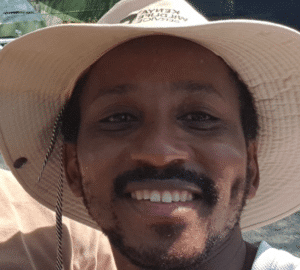
“Data collection is key to our vulture conservation work. Thanks to the vulture volunteers’ network, we are now able to get wildlife poisoning information almost on a real-time basis.”
Paul Gacheru, Species and Sites Manager at Nature Kenya
